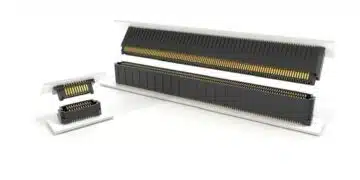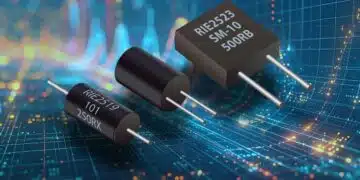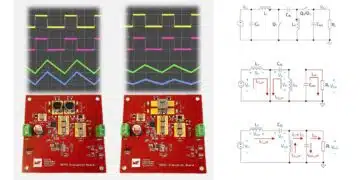source: Business Wire news
TOKYO–(BUSINESS WIRE)–Toshiba Corporation’s (TOKYO:6502) Storage & Electronic Devices Solutions Company today announced the launch of “TB67S508FTG,” a bipolar stepping motor driver offering 40V high voltage and 3.0A current with no need for external current detection resistors. Sample shipment starts today.
Printers, office automation equipment, surveillance cameras, banking terminals such as ATMs, banknote identification machines, amusement machines, and home appliances are being downsized to save space and improve design. Low power consumption is also growing in importance as a means to scale down IC boards and reduce internal heat in products.
The new IC integrates Toshiba’s ACDS[1] architecture, adopted previously in a unipolar stepping motor driver IC. It eliminates the need for two external resistors usually required to detect motor current. By adopting a small QFN36 package (mounting area 5 mm × 5 mm), the new IC reduces the mounting area to about 66% of that of Toshiba’s current products[2]. ACDS also reduces power loss and resistor variation errors, and contributes to low power consumption and highly precise constant current control.
Main Features of the New Product
- No need for external resistors to detect current. ACDS, Toshiba’s original architecture, realizes highly precise constant current motor control without external resistors to detect current.
- Lower heat generation during motor driving. A built-in output DMOS with low-on-resistance (0.45Ω (upper + lower: typ.)) reduces heat generation by 13% when the stepping motor drives operate at 1A, compared to Toshiba’s current products[3].
- Small package. A small, high-heat-radiation QFN36 package saves space and reduces costs.
| Part Number | TB67S508FTG | |
| Function | Stepping motor driver | |
| Package | QFN36 | |
| I/F | Clock input and phase input | |
| Step resolution modes | Full, half, quarter | |
| Output rating (voltage) | 40V | |
| Output rating (current) | 3A | |
| Output ON resistor (upper + lower) | 0.45Ω (typ.) | |
| Power supply | Support single power drive | |
| Abnormality detection |
Thermal shutdown, over current detection, low power and under voltage detection, and OSCM terminal component open / short detection |
|
| Other functions | ACDS and ADMD[4] | |
Notes
1: ACDS: Advanced Current Detect System.
2: Basis for comparison. Current product: Two detection resistors (5 mm × 2.5 mm) connected to the current IC (7 mm × 7 mm) with QFN48 package. New product: (5 mm × 5 mm)
3: Compared with the current product, TB62213AFTG (maximum output rating 40V/3A)
4: ADMD: Advanced Dynamic Mixed Decay.

































